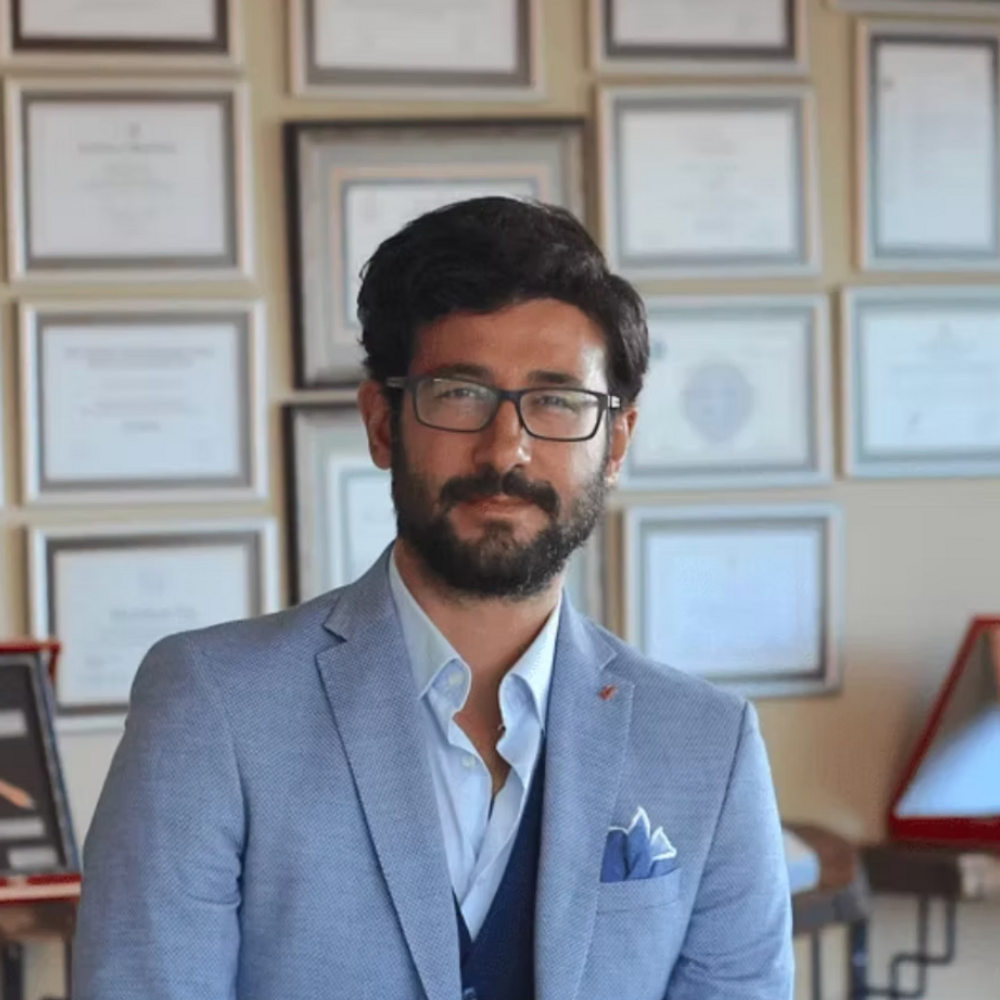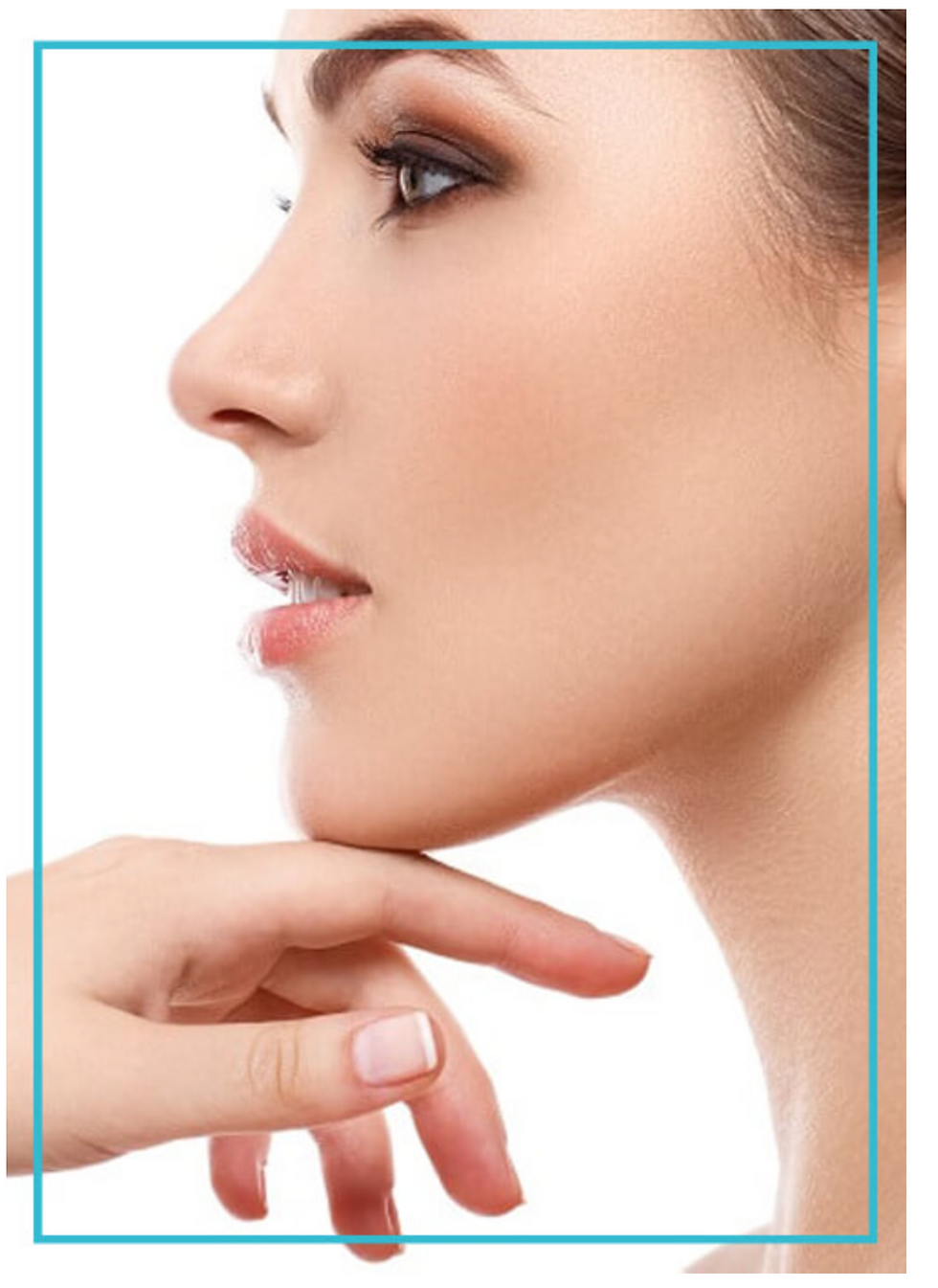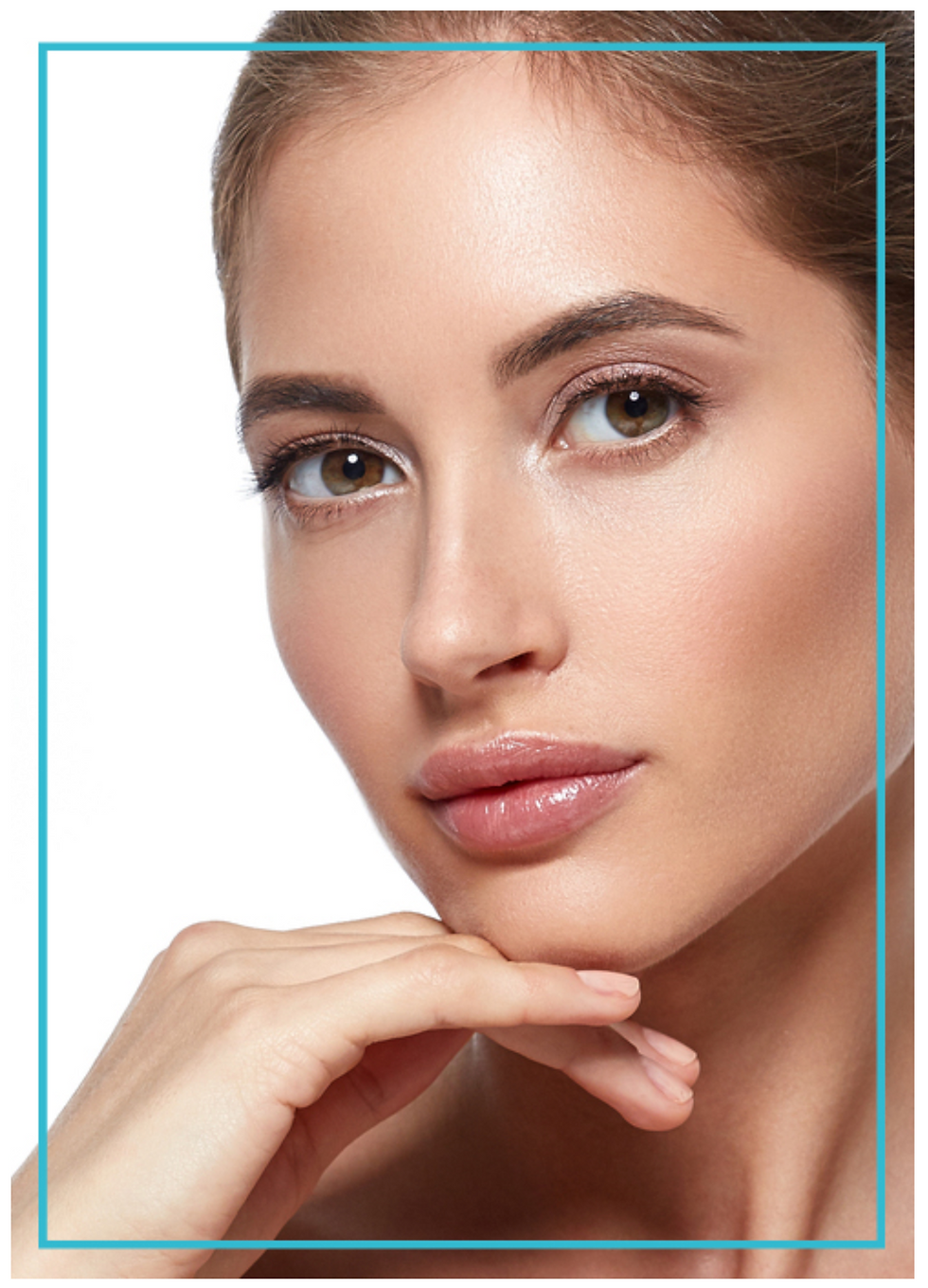Causes of Turbinate Hypertrophy (Enlarged Nasal Turbinates)
- Prof.Dr. Süleyman TAŞ

- Jul 14, 2025
- 3 min read

The nose not only enables our sense of smell but also plays a crucial role in humidifying, warming, and filtering the air we breathe.
The air we inhale through the nose is filtered before entering the lungs. It is warmed and humidified to match the internal body temperature and conditions, allowing for optimal respiratory function. These processes happen within seconds, automatically adjusting to the temperature, humidity, and pollution level of the surrounding environment.
For this entire system to function properly, nasal health is essential. Turbinates—commonly known as nasal tissues—directly affect airflow. When turbinates become enlarged, it can significantly disrupt breathing and overall quality of life. Therefore, treating turbinate enlargement is vital for proper nasal function and improved comfort.
What Is Turbinate Hypertrophy?
Turbinates (also called "conchae") are structures inside the nasal cavity that help filter, warm, and direct the air we breathe into the lungs. There are three turbinates on each side of the nasal cavity: inferior, middle, and superior. Each turbinate is composed of soft tissue and a bony structure.
Turbinate hypertrophy (enlargement) is a common condition that affects many people and leads to difficulty breathing. The most frequently affected areas are the inferior and middle turbinates. Structural or developmental abnormalities can also contribute to this condition.
What Are the Functions of the Nasal Turbinates?
The primary roles of the turbinates include:
Filtering out dust, microbes, and pollutants from the air
Warming and humidifying the air
Regulating airflow to the lungs
Supporting natural breathing and oxygen intake
Through mucus secretion, the turbinates help trap and remove harmful particles. As clean air contacts the lungs, the respiratory sacs open up efficiently, allowing smooth and effortless breathing.
What Causes Turbinate Hypertrophy?
Turbinate enlargement can be caused by a number of factors, including:
Exposure to polluted or overly humid air: The nose adapts to environmental changes, and prolonged exposure may lead to tissue overgrowth.
Allergies: Fungal spores, pollen, dust, and mold can trigger immune reactions, resulting in swollen turbinates.
Smoking: Smoke irritates nasal tissues, requiring the turbinates to work harder to filter toxic air, which may cause hypertrophy.
Chronic sinus infections: Repeated or untreated sinusitis can interfere with normal nasal function and lead to persistent turbinate swelling.
Nasal inflammation: Infections or irritants can damage nasal tissue and reduce turbinate efficiency, causing enlargement.
Nasal structural issues: Deviated septum or nasal fractures can disrupt normal airflow, forcing one side to work more, which causes turbinate swelling over time.
Who Is at Risk for Turbinate Hypertrophy?
People more likely to develop this condition include:
Smokers and allergy sufferers
Individuals with deviated septum or nasal trauma
A healthy nasal structure allows the nostrils to open and close alternately every few hours, promoting even lung function. However, if one nostril is consistently blocked due to structural deviation, the overworked turbinates can swell and eventually block both sides.
Symptoms of Turbinate Hypertrophy
This condition can begin as early as age 2 and, if left untreated, may cause long-term complications in adulthood. Common symptoms include:
Nasal congestion (most prominent sign)
Mouth breathing, especially during sleep
Dry mouth and throat
Poor sleep quality, fatigue, and reduced oxygen intake
Early diagnosis and treatment are key to preventing these effects on breathing and overall health.
Treatment for Turbinate Hypertrophy
If you experience breathing difficulties, nasal blockage, sleep problems, or fatigue due to enlarged turbinates, septorhinoplasty surgery may be recommended. This procedure corrects nasal bone deviation (septum deviation) and restores airflow, helping you breathe freely and sleep better.
Need Help?
At Taş Aesthetic Surgery Center, we hope this article has answered your questions about the causes, symptoms, and functions of nasal turbinates. If you’d like to learn more about rhinoplasty or turbinate treatments, feel free to [visit our rhinoplasty page] or call us directly at +90 532 056 3693.
We’re here to help you breathe better and live more comfortably.
_edited.png)




Comments